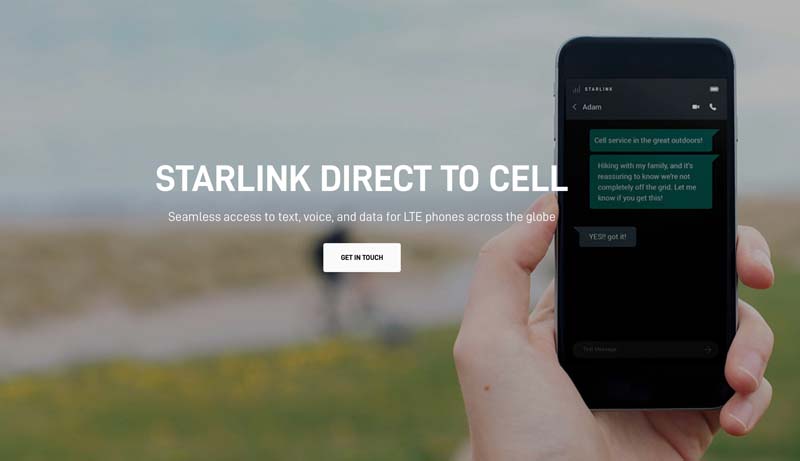SpaceX conducted a milestone Falcon 9 launch, lofting 21 new Starlink satellites to orbit. Uniquely, this mission included the first 6 Starlink craft equipped with Direct to Cell capabilities for improved global connectivity.
Lifting off from Vandenberg Space Force Base in California, the veteran Falcon 9 rocket flawlessly delivered the stack of Starlink satellites into low Earth orbit. SpaceX has now launched over 5,500 Starlink satellites to date as it builds out its broadband internet constellation.
But this launch debuts a potentially game-changing new technology – Direct to Cell for contacting smartphones directly without ground towers. Versus the traditional Starlink design, these six satellites feature larger phased array antennas and can link to phones over a wider area.

Direct to Cell has the power to provide service in remote regions or disaster zones lacking cellular infrastructure. SpaceX has partnered with major mobile providers including T-Mobile, Rogers, KDDI, and Optus to demonstrate the revolutionary concept.
Users will be able to connect their 5G smartphones directly to the orbiting Starlink satellites later this year for testing. If successful, Direct to Cell could expand global mobile coverage enormously.
The lower latency Direct to Cell service may also enhance performance for activities like gaming that demand responsiveness. Areas with congested cellular networks could benefit too.
This launch validation the continuing rapid pace of Starlink innovation. In just a couple years, SpaceX has already iterated through multiple satellite generations with upgrades like inter-satellite laser links. Direct to Cell is the latest clever enhancement with big potential.
As SpaceX expands Starlink’s capacity and coverage, the satellite internet network aims to serve remote communities, airliners, maritime vessels, and more. Offering connectivity anywhere on Earth requires creative solutions like Direct to Cell.
Watching spectacular Falcon 9 launches carrying Starlink satellites into orbit never gets old. But enabling direct broadband services from space is truly groundbreaking. In the future, relying on terrestrial cell towers may no longer be necessary.
